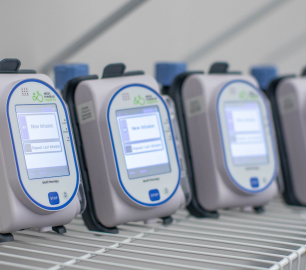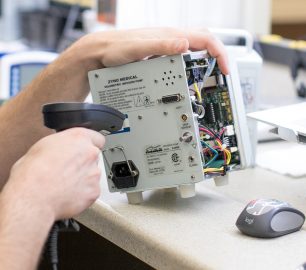The Department of Health and Human Services (HHS) announced last year that 85% of all traditional fee-for-service Medicare payments would be tied to value by the end of 2016. To understand how that will impact home infusion and specialty pharmacies, we first need to understand how value will be defined.
To start, Value-Based Purchasing (VBP) is not just another name for pay-for-performance (P4P), originally initiated in 2003. P4P sought to reward or penalize providers for meeting pre-established benchmarks for measures of quality and efficiency. However, as a stand-alone strategy, P4P failed to significantly reduce health care costs. The Committee for Economic Development identified in its March 2016 report that layering small incentives atop traditional fee-for-service models continued to incentivize volume over value. The Committee also highlighted that administrative costs necessary to generate quality measure data may not be offset by financial gains in the program.
VBP will seek to employ a ‘demand-side’ strategy, focusing on the behavior of consumers and purchasers in an effort to promote the concept of value – traditionally defined as the relative difference between performance and cost. To do this, VBP will consist of four components: standardized performance measurement, transparency, reimbursement reform, and consumer choice.
In her article “Value-Based Purchasing, The Next Stage in the Evolution of Health Care Delivery”, Connie Sullivan goes into detail on the intricacies of VBP, and we highly recommend reading it, however, let’s turn our focus back to how VBP will impact home infusion and specialty pharmacies.
Value will no longer just be measured as it relates to quality outcomes, but to referral sources, payers, and the healthcare system as a whole. This holistic approach to value not only increases the importance of data sharing and good transitions across sites of care but also how your company defines its value chain.
Michael Porter introduced the concept of the ‘value chain’ in his 1985 book “Competitive Advantage”. Put simply, your value chain is how your company takes inputs and changes them to outputs purchased by consumers. Rather than looking at departments or accounting cost types, Porter’s value chain focuses on systems. He described a chain of activities common to all businesses and divided them into primary and support activities. Support activities include infrastructure, human resource management, technology development, and procurement while the primary activities include inbound logistics, operations, outbound logistics, marketing and sales, and service.
Understanding how to optimize the activities of your value chain is perhaps a topic for another article, but as it relates to VBP, you can simplify it to thinking about how the companies you work with create value for you and how you, in turn, can create value for the companies in the healthcare chain (over and above producing quality patient outcomes).
Of course, there is no silver bullet, no one-size-fits-all answer to how you can generate additional value within the healthcare chain – and that’s a good thing. So where to start? You can think about how and when you interact with other companies or healthcare providers. What do they need from you, and what do you need from them? How can you improve those interactions or make them more efficient? How can you improve communications? Re-examine your processes and trim the fat – or shore up areas prone to mistake. However, the best place to start is with a conversation. Why not start with Right Way Medical?



